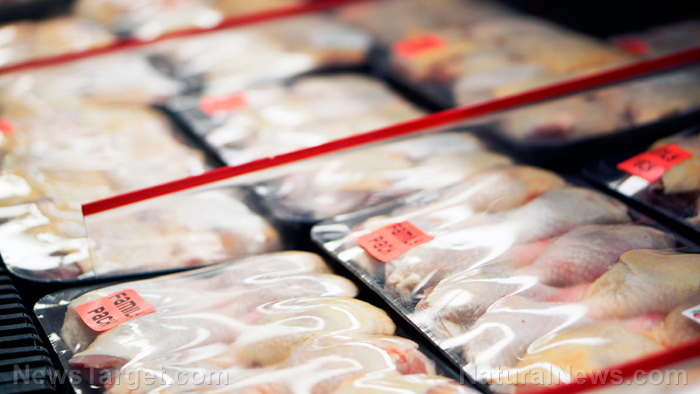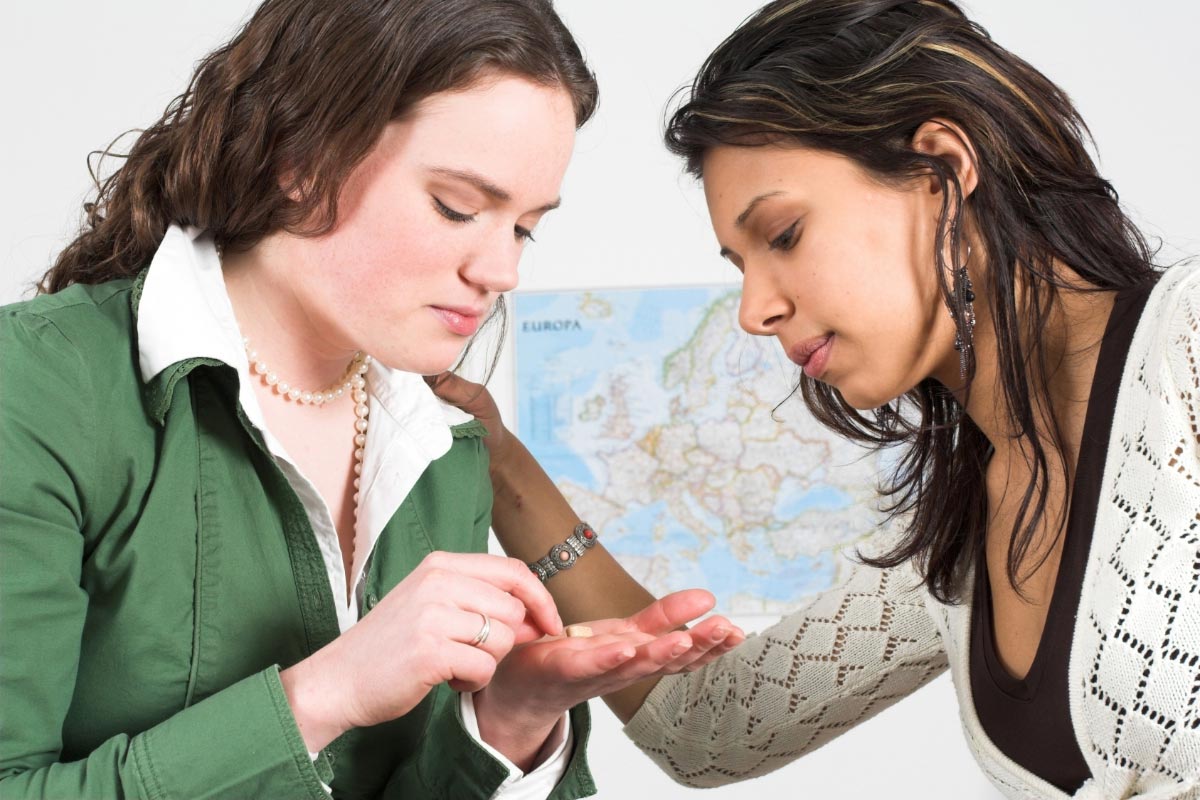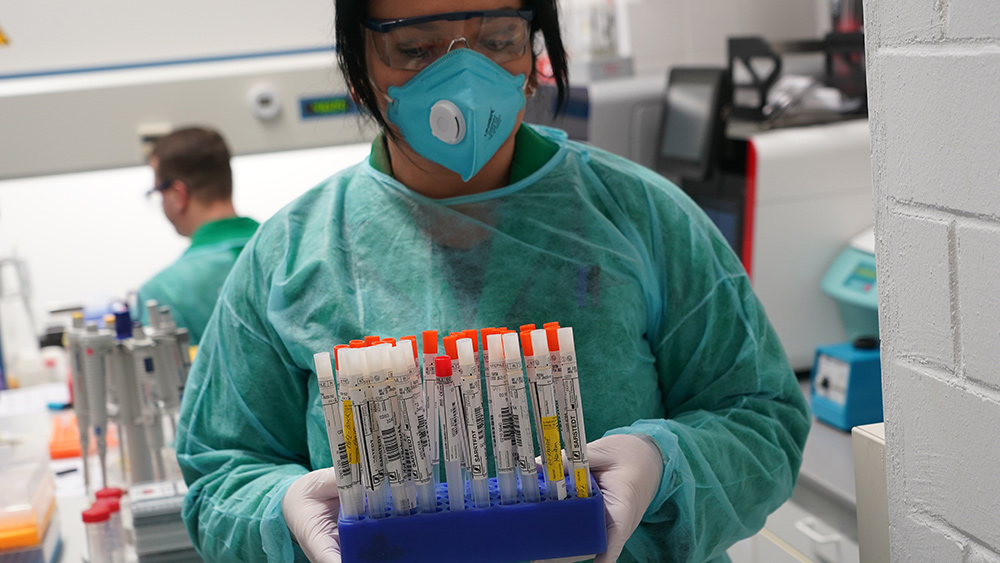
World Health Organization (WHO) investigators said it was extremely unlikely that the first cases of coronavirus identified in Wuhan in 2019 had entered the city through frozen or refrigerated goods.
Frozen foods from the Huanan seafood market in Wuhan had tested positive for coronavirus, leading to a Chinese theory that the coronavirus was brought to the city through frozen foods.
Vladimir Dedkov of the Pasteur Institute in Saint Petersburg, Russia said that the frozen foods were probably contaminated by humans rather than the other way round.
"It's very difficult to imagine a situation where all these [contaminated] foods came to one market in China, and not the biggest one at that, from different countries and it all started from there," Dedkov said. "We aren't taking it out of consideration but we think it's very unlikely given the facts we know today."
Fabian Leendertz, an emerging diseases specialist at Germany's Robert Koch Institute, hinted in a separate interview that the Chinese theory would only lead to more questions. "If you transport a virus fresh or frozen, the virus is not born from a piece of plastic. It's about where the virus is from before that. Cold chain is never the source," he said.
Both Dedkov and Leendertz were part of the WHO team that traveled to Wuhan to investigate the origins of the pandemic.
WHO press conference creates confusion
The Chinese regime and state media pushed hard the theory and the WHO team did not rule out the possibility during the press conference that concluded the visit last month.
"We know that the virus can persist and survive in conditions that are found in these cold and frozen environments, but we don't really understand if the virus can then transmit to humans," Peter Ben Embarek, the head of the investigation, said at the time.
That particular WHO press briefing left unclear the mission's findings on a number of important questions about the pandemic's origins. The resulting confusion provoked international criticisms.
National Security Adviser Jake Sullivan said the White House had "deep concerns" about the way the findings were communicated and how the mission was conducted.
But WHO Director-General Tedros Adhanom Ghebreyesus clarified that "all hypotheses remain open and require further analysis and studies." (Related: China sympathizer and WHO director Tedros Ghebreyesus was ranking member of violent Communist movement in Ethiopia.)
Meanwhile, Embarek sounded more definitive when he told the journal Science that frozen food "was not a possible route of introduction."
"There were no widespread outbreaks of COVID-19 in food factories around the world," he said.
The WHO is expected to publish a full report of its Wuhan findings this month. Team members have recommended that immediate research should focus on the leading theory that the virus jumped from one animal, likely a bat, to a second intermediary host before spilling over to humans.
The international health body warned that attempts to influence or politicize virus origins research, such as preemptive efforts to rule out particular geographic regions, could undermine the science of its investigation.
China sells the frozen food theory
Chinese scientists and state media have remained strong proponents of the frozen food theory. Chinese authorities have intensified efforts to screen imported cold chain goods for fear that food or its packaging could seed outbreaks.
In December last year, Chinese scientists in the eastern port city of Qingdao published a paper detailing how they had isolated SARS-CoV-2 – the virus that causes COVID-19 – on the outer packaging of imported frozen cod.
That same month, a second Chinese paper analyzed an outbreak in Beijing centered on the Xinfadi wholesale market. According to the study, many infected individuals went to a market section selling imported salmon where six out of 3,582 samples of the fish tested positive for SARS-CoV-2. "We speculate that the COVID-19 resurgence in Beijing was likely to be initiated by an environment-to-human transmission originating from contaminated imported food via cold-chain logistics," the authors of the study concluded.
Their stance is understandable.
The idea that the coronavirus was carried inside or on the surface of frozen food could place the source of the virus beyond China. It could be from an animal imported from another country.
Western governments not buying it
But most western governments have remained skeptical of the science behind China's claims. The United States Department of Agriculture (USDA) said contamination of foods and packaging had been an "extremely rare event."
"I would say it's extremely, extremely unlikely the virus would have spread through that type of route," said Lawrence Young at the University of Warwick in the United Kingdom, who specializes in human virology.
According to Young, SARS-CoV-2 is an enveloped virus – meaning it is covered with a fatty, lipid membrane that it uses to infect human cells. This membrane is very vulnerable to cycles of freezing and thawing that could happen during the transit and sale of frozen food.
Without that membrane, enveloped viruses like SARS-CoV-2 would not be able to infect people.
SARS-CoV-2 may have a rough time when frozen food is transported. During air travel, temperatures drop to between -20°C and -30°C in cargo holds when planes are airborne, rising to a much higher temperature when they land.
Follow Pandemic.news for more news and information related to the coronavirus pandemic.
Sources include:
Please contact us for more information.





















